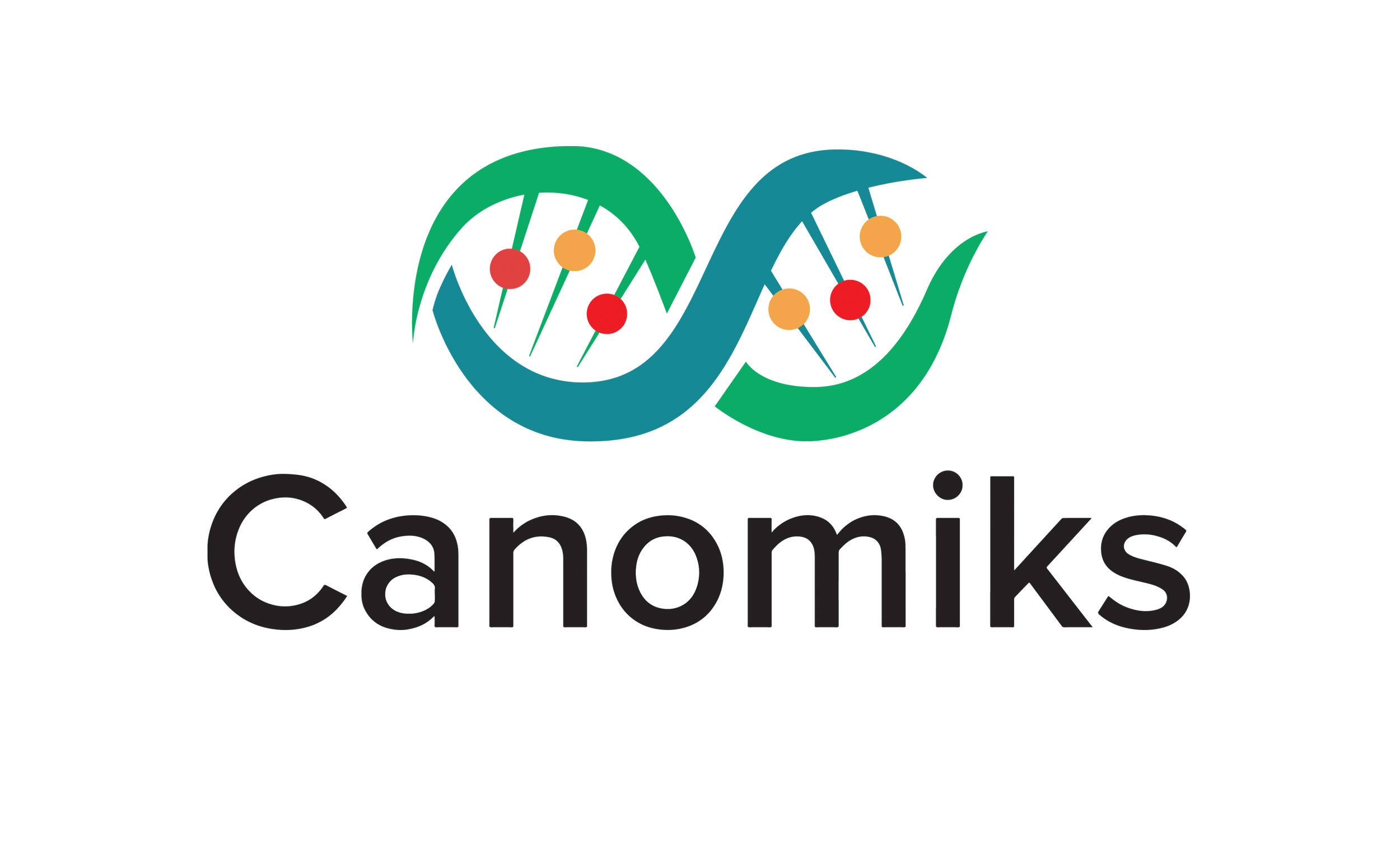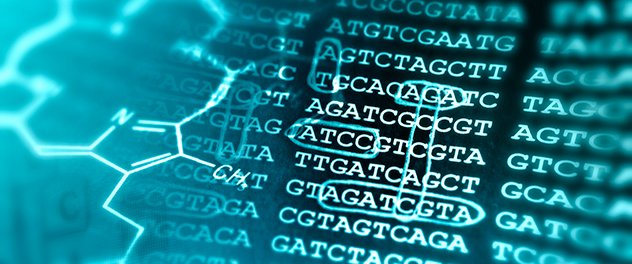and how does Canomiks use it?
By Chris Dean, PhD
Bioinformatics is an interdisciplinary field focused on the development of specialized computer programs that have the power to help scientists make sense of complex biological data. The use of these specialized computer programs is what allowed the International Human Genome Sequencing Consortium to assemble the first human genome in 2001¹; what allowed NASA scientists to discover traces of antimicrobial resistant bacteria on the International Space Station²; and what is allowing scientists to track a recent outbreak of H5N1 influenza virus in dairy cattle.
Why is Bioinformatics important?
Ongoing advancements in molecular biology are allowing scientists and other stakeholders to generate biological data at an unprecedented pace and scale. Biological data repositories such as the Sequence Read Archive (SRA), European Nucleotide Archive (ENA), and DNA Data Bank of Japan (DDBJ) provide access to petabytes of biological data for genomics research, and the size of these repositories will continue to grow as the cost of data generation decreases⁴. For this reason, we need specialized computer programs (i.e., bioinformatic programs) that can efficiently process, store and analyze the vast amounts of biological data being generated.
How do we use bioinformatics at Canomiks?
At Canomiks, we develop and utilize a diverse suite of bioinformatic tools and methods to answer interesting biological questions every day. One of our favorite types of questions to answer are those involving the biological effect of consumer-packaged goods. Consider a company selling an over-the-counter supplement claiming to maintain cardiovascular health. We can test this claim in our labs by conducting an experiment that is designed to replicate these findings in a petri dish using commercially available human cells.
We expose these cells to the functional ingredients or formulations and evaluate which of the 20,000+ genes in those cells are upregulated (turned on and by how much) or which genes are downregulated (turned off and by how much). Bioinformatics programs then allow us to analyze the vast data. One of the ways we accomplish this goal is by using a combination of high-throughput laboratory and bioinformatic-based methods. The bioinformatics analysis provides information such as which of the cellular pathways and functions are affected along with which of the health and wellness conditions can the product potentially affect.

